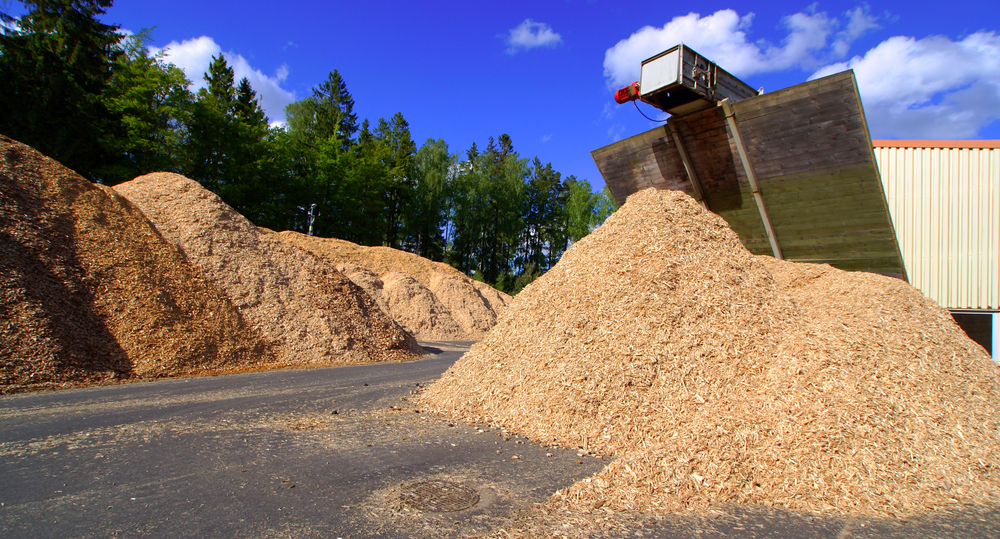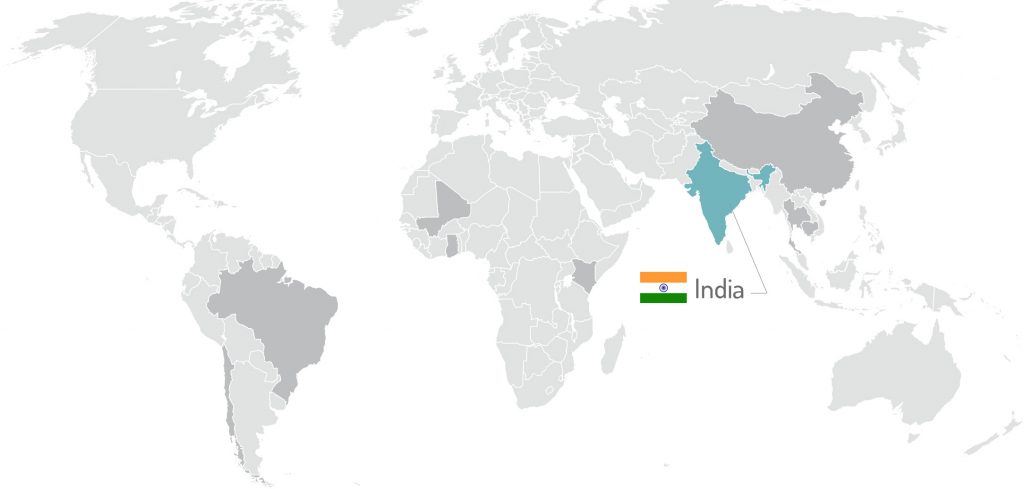
INDIA: CLEAN ENERGY FROM BIOMASS
CustomerWorld Energy Inc.
ServicesWind Turbines Solar Panels
Date04.06.2019
Environmental problems in India are growing rapidly. The increasing economic development and a rapidly growing population that has taken the country from 300 million people in 1947 to more than one billion people today is putting a strain on the environment, infrastructure, and the country’s natural resources.
India’s air pollution is exacerbated by its heavy reliance on coal for power generation. Coal supplies more than half of the country’s energy needs and is used for nearly three-quarters of electricity generation. While India is fortunate to have abundant reserves of coal to power economic development, the burning of this resource, especially given the high ash content of India’s coal, has come at a cost in terms of public health risk and environmental degradation. Reliance on coal as the major energy source has led to a nine-fold jump in carbon emissions over the past forty years. The government estimates the cost of environmental degradation has been running at 4.5% of GDP in recent years.

SWITCHING FROM COAL TO RENEWABLE BIOMASS
Biomass projects are implemented in small or large industrial plants. Their aim is to utilize agricultural waste or other non-renewable biomass residues as fuel to generate power and to lower the plants’ dependence on the local grid for electricity. Before the implementation of the project, the electricity needs of such plants were met by power from a coal dominated grid. To meet the rising energy demands in production, a new efficient biomass boiler was installed together with a steam turbine, producing both steam and electricity. The new boilers are fuelled with locally available agricultural waste instead of traditional, emission intensive coal. Before the start of the project, these agricultural residues were not used. They were either burned without harnessing the resulting thermal energy, or simply left to decay, thereby generating methane emissions. The plant’s steam and electricity requirements can be now supplied by the new cogeneration unit. The investment required for the installation of the new cogeneration unit could not have been raised were it not for the revenue from sales of carbon credits.TECHNOLOGY BRIEF – HOW IT WORKS
Biomass refers to biological material derived from organic matter such as wood and organic wastes. Biomass may be grown especially for the purpose of generating heat or power, but in the case of this project, the biomass is from locally available agricultural waste. The use of agricultural residues is particularly sensible because clean energy is sourced from materials that would otherwise have been left to decay, generating methane.


